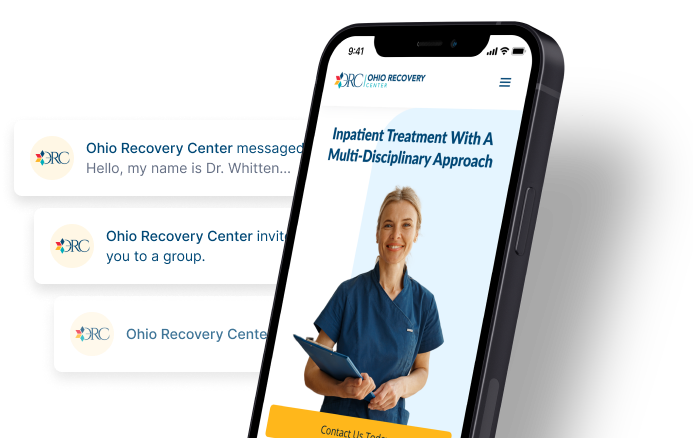Hydrocodone Withdrawal | Symptoms, Timeline, Taper, & Detox

Medically Reviewed By: Manish Mishra, MBBS

Hydrocodone is a semi-synthetic prescription opioid that is used to treat severe pain. It works by binding to the opioid receptors in the brain.
When you take hydrocodone for a long period of time, whether as directed or not, you may develop a tolerance to the drug. Once that happens, you may feel the need to take higher and higher doses of hydrocodone.
The more you take, the more likely you are to build up a physical dependence.
Once you build up an opioid dependence, your body can no longer function properly without the drug. If you try to stop use, severe opioid withdrawal symptoms can make it difficult.
Hydrocodone Withdrawal Symptoms
Hydrocodone withdrawal can come with quite a few symptoms. These withdrawal symptoms can range from mild to severe and can even be life-threatening. The symptoms can include:
- muscle aches
- runny nose
- sweating
- goosebumps
- vomiting
- diarrhea
- headaches
- depression and anxiety
- fatigue
- drug cravings
- high blood pressure
- trouble sleeping
- irregular heart rate
These withdrawal symptoms are similar for most opioids including oxycodone, codeine, morphine, and heroin.
Hydrocodone Withdrawal Timeline
How long you experience hydrocodone withdrawal and the symptoms that come with it depends on a number of different factors. But there is a general withdrawal timeline that can give you an idea of when certain symptoms may show up and when they might go away.
6-12 hours After Your Last Dose
The symptoms, if they do initially occur, are mild but will likely increase in intensity after 8 hours.
72 Hours
The first 72 hours are the most dangerous time as drug cravings can be intense. This is also the time when many people relapse because they find the withdrawal symptoms to be too much to handle.
First Week
During the first week after your last use, you may experience acute withdrawal symptoms like exhaustion, depression, and more intense cravings for the drug.
Week 2
After two weeks of not using, more withdrawal symptoms may appear including muscle aches, insomnia, and irritation.
Week 3-4
During the third and fourth week after your last dose of hydrocodone, the intense cravings for the drug will likely subside but you may have trouble sleeping and still experience depression and anxiety. The mental health side effects typically last longer than the physical ones.
Tapering Off Hydrocodone
Tapering is one of the ways healthcare providers can help you withdraw from hydrocodone without feeling as many or as intense withdrawal symptoms.
With hydrocodone tapering, you take hydrocodone in smaller and smaller doses over a period of time until you can stop taking it entirely and not feel as many withdrawal symptoms.
How long you taper depends on several factors including, your overall health, your medical history, and how long you’ve been using or abusing the drug.
Fast & Slow Tapering
There are two different types of tapering: fast tapering and slow tapering.
During fast tapering, your healthcare provider will decrease your dose by 25% to 50% every few days. This timeline can cause severe withdrawal symptoms but they usually last less time than if you quit cold turkey. This type of tapering requires close medical supervision.
With slow tapering, your healthcare provider will decrease your dose by 10% to 20% every 1-3 weeks. This also requires medical supervision but not as much as fast tapering. The withdrawal symptoms will likely be milder with this treatment.
Hydrocodone Detox
Besides tapering, if you are struggling with substance abuse related to hydrocodone and looking to go into treatment, detoxification is usually the first step.
For hydrocodone addiction treatment, this usually means medical detox. Medical detox includes taking medication that helps ease withdrawal symptoms and make them more bearable.
The medications used may include clonidine to help reduce anxiety, lower blood pressure, and ease agitation, muscle aches, sweating, runny nose, and cramping.
Treatment For Opioid Use Disorder
After detox, inpatient or outpatient opioid addiction treatment is the next step in recovery. In inpatient treatment, you stay at a residential facility 24/7 and are provided with therapy, support groups, addiction education, and medication-assisted treatment (MAT).
The FDA-approved medications used in MAT programs include:
- methadone
- Suboxone (buprenorphine and naloxone)
- naltrexone
If you or a loved one is struggling with drug abuse or any substance use disorder, Ohio Recovery Center is here to help. We offer a variety of inpatient treatment options including behavioral therapy, medication-assisted treatment, and aftercare services.
For more information, please call our helpline today.
- National Library of Medicine: MedlinePlus — Hydrocodone https://medlineplus.gov/druginfo/meds/a614045.html
- National Library of Medicine: StatPearls — Hydrocodone https://www.ncbi.nlm.nih.gov/books/NBK537288/
- National Library of Medicine: StatPearls — Opioid Withdrawal https://www.ncbi.nlm.nih.gov/books/NBK526012/
- Substance Abuse and Mental Health Services Administration (SAMHSA) — Naltrexone https://www.samhsa.gov/medication-assisted-treatment/medications-counseling-related-conditions/naltrexone
- Substance Abuse and Mental Health Services Administration (SAMHSA) — Buprenorphine https://www.samhsa.gov/medication-assisted-treatment/medications-counseling-related-conditions/buprenorphine

